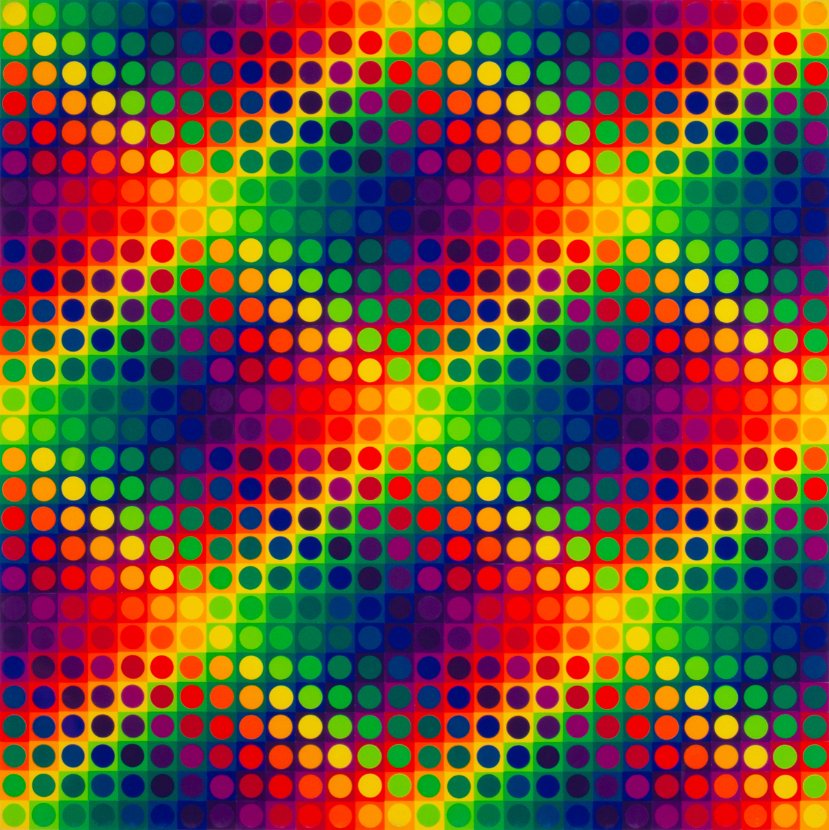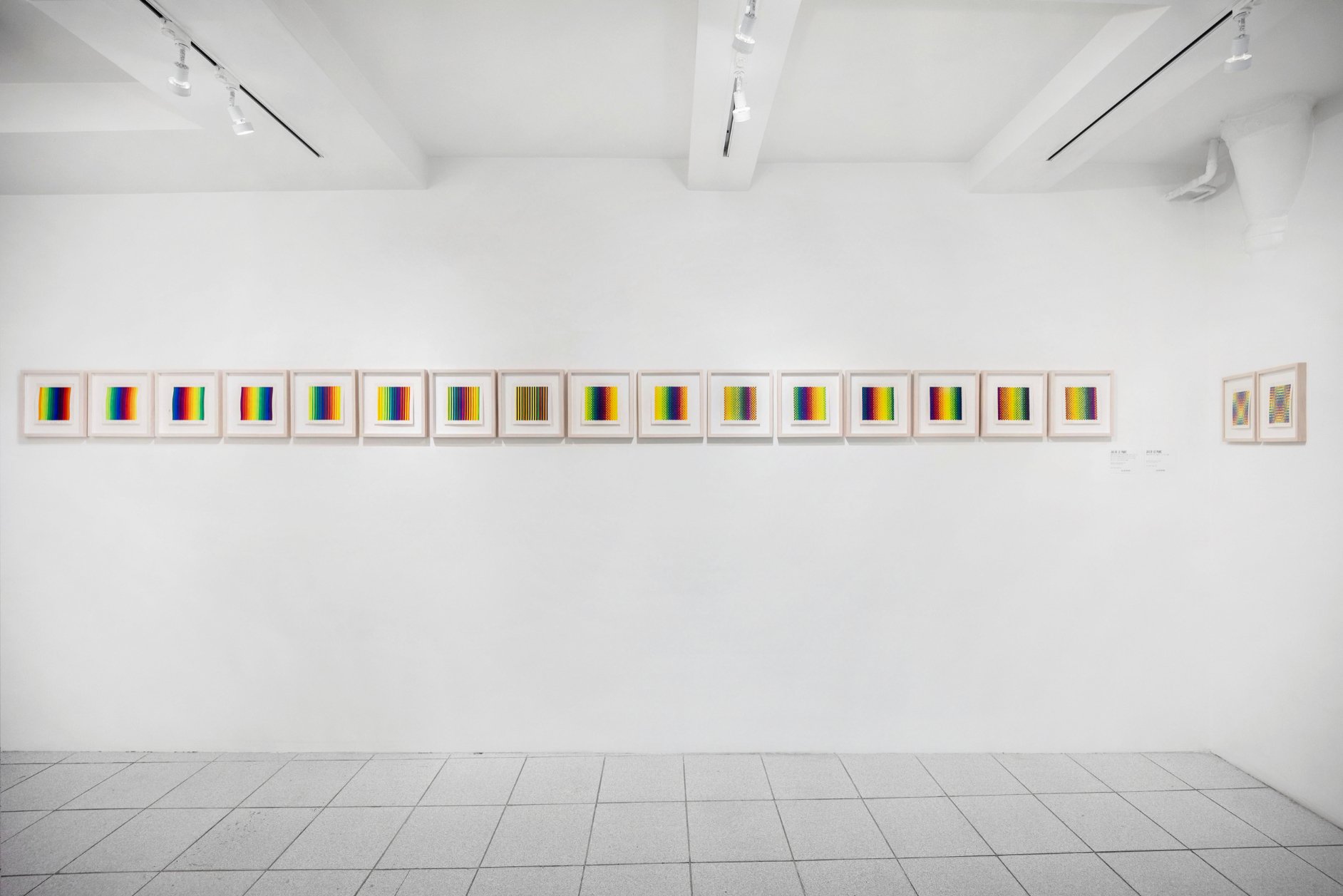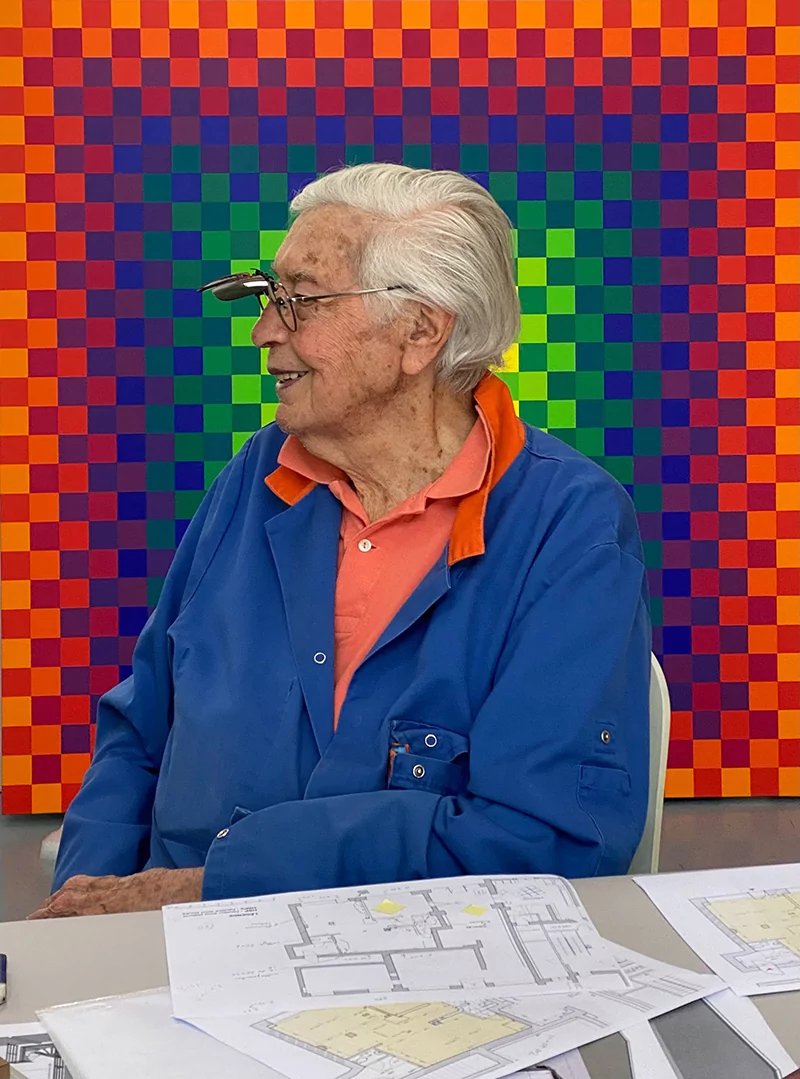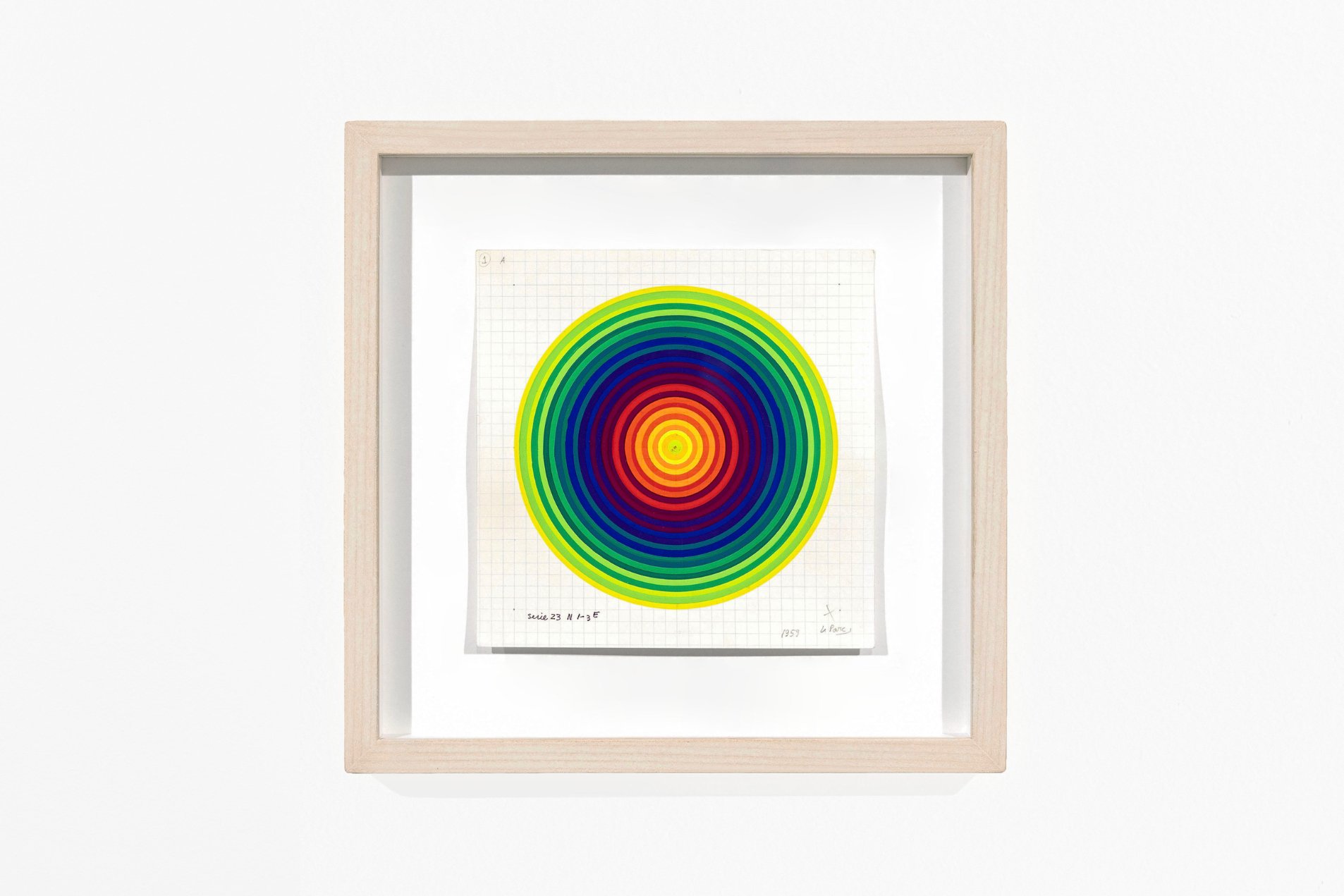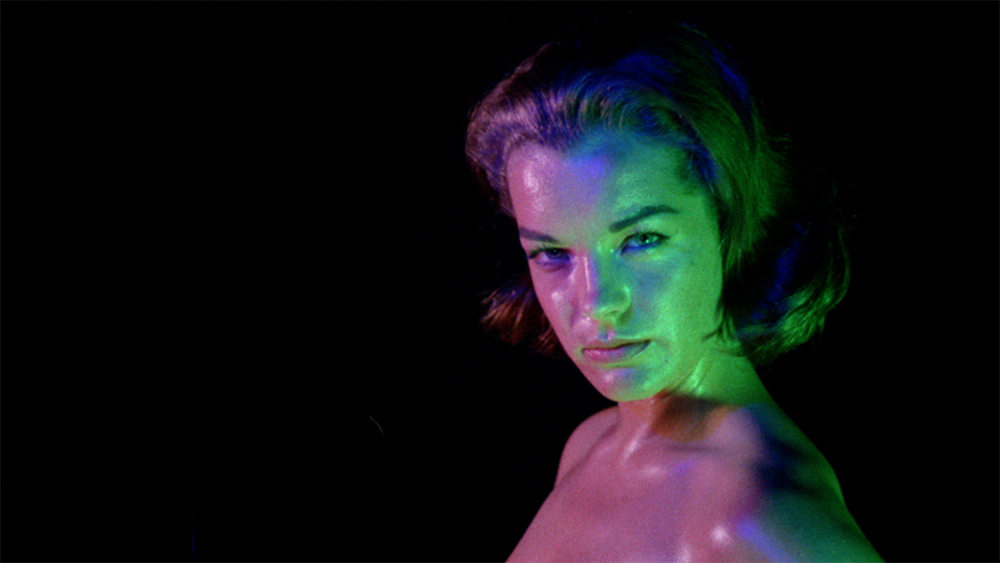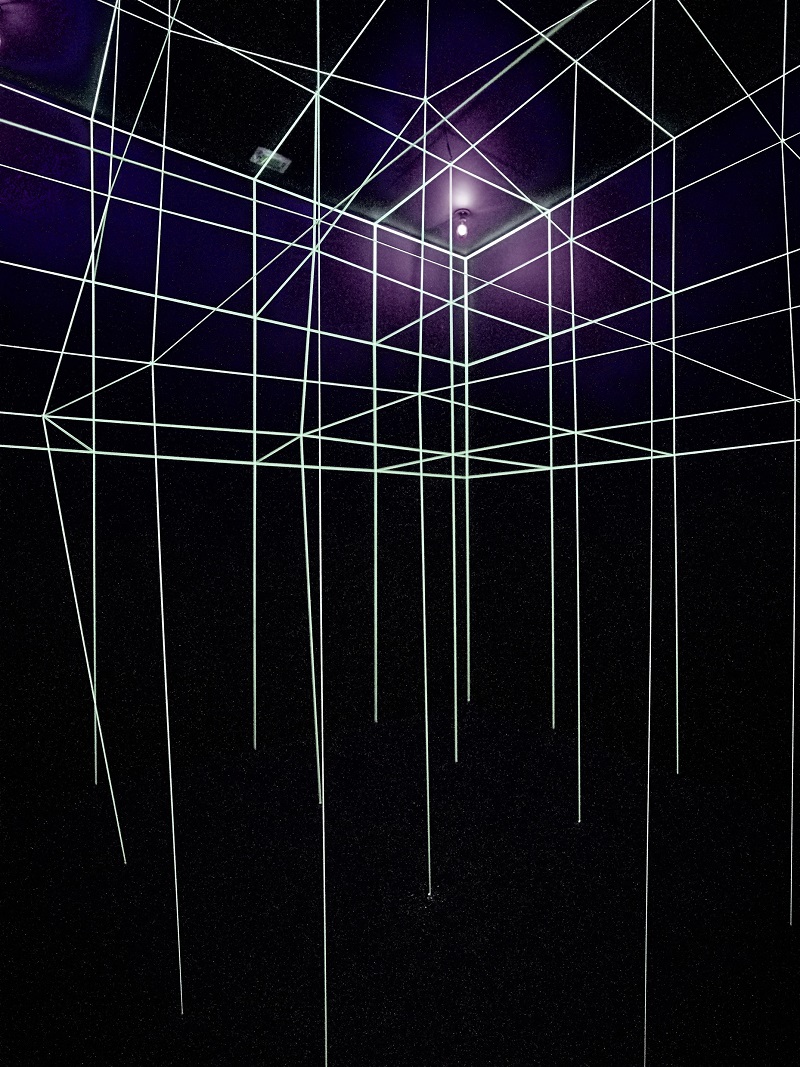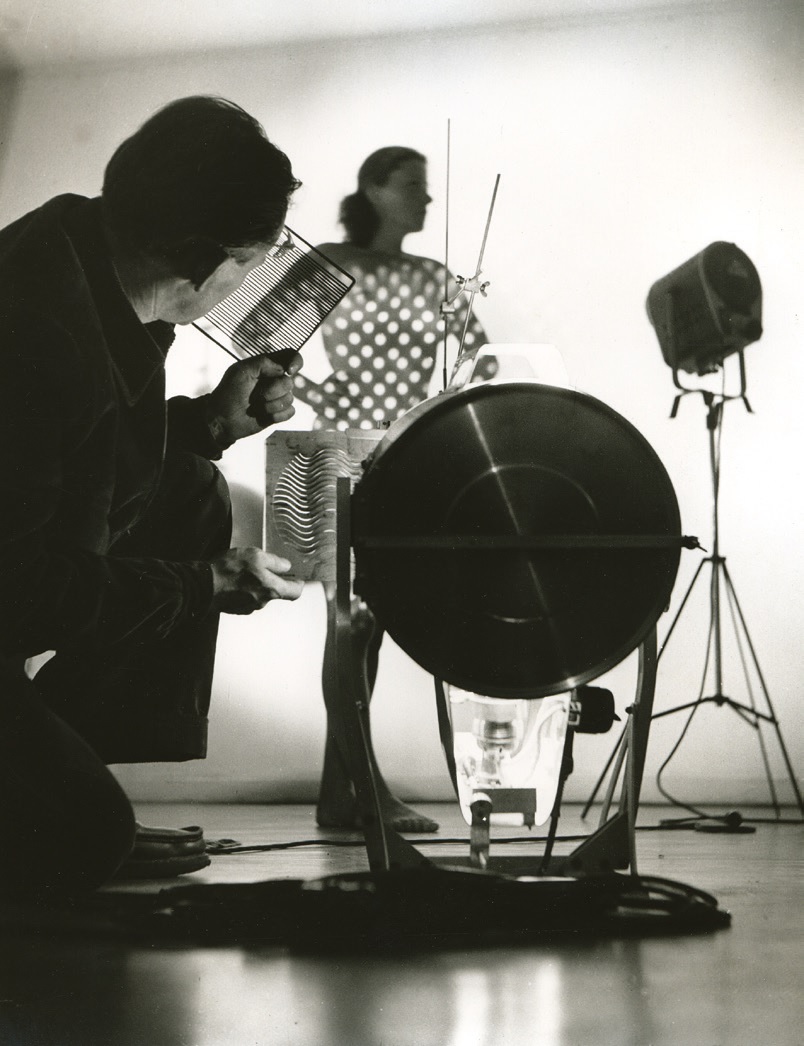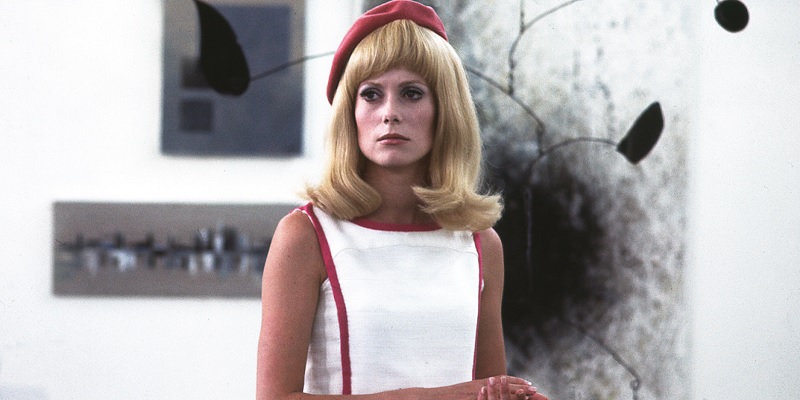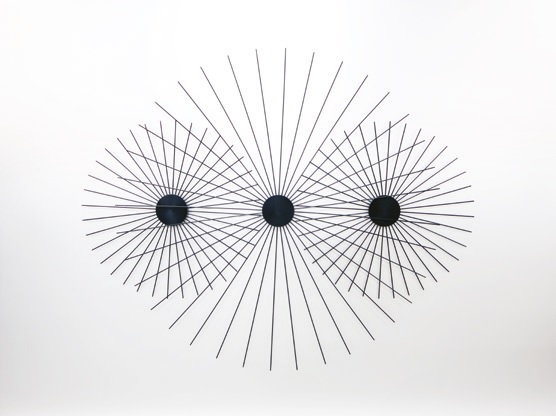text by Barbara Norton
Le Début, on view through September 21st at Galleria Continua in Paris, is a triumph of both artist and movement. Bringing together over fifty works by Argentinian-born artist Julio le Parc, Le Début celebrates illusion and artistry through the canvas of le Parc, a hugely influential figure in the early beginnings of what would become the Op Art and Kinetic Art movements.
The abstract images of le Parc’s work assuredly reject frivolity—instead, every stroke, line, and curve hums with purpose. Some of these works are rendered on canvas, while others are in three dimensions, such as Sphère Bleue, a large mobile that physically embodies much of the visual movement of le Parc’s 2D pieces.
Mesmerizing in its mathematical precision and color, le Parc’s canvases glow. His visual dynamism walks along a thin, taut tightrope, baseless but undoubtedly balanced. Le Parc, who moved to Paris in 1958, imbues a deep movement into his abstract and geometric forms. He further liberates this movement with his rainbow of mercury-vapor color. Together, these elements create Le Début—a faithful survey of over fifty years of an artist’s unique visual language.
Le Debut is on view through 21st September at Galleria Continua 87 Rue du Temple.

